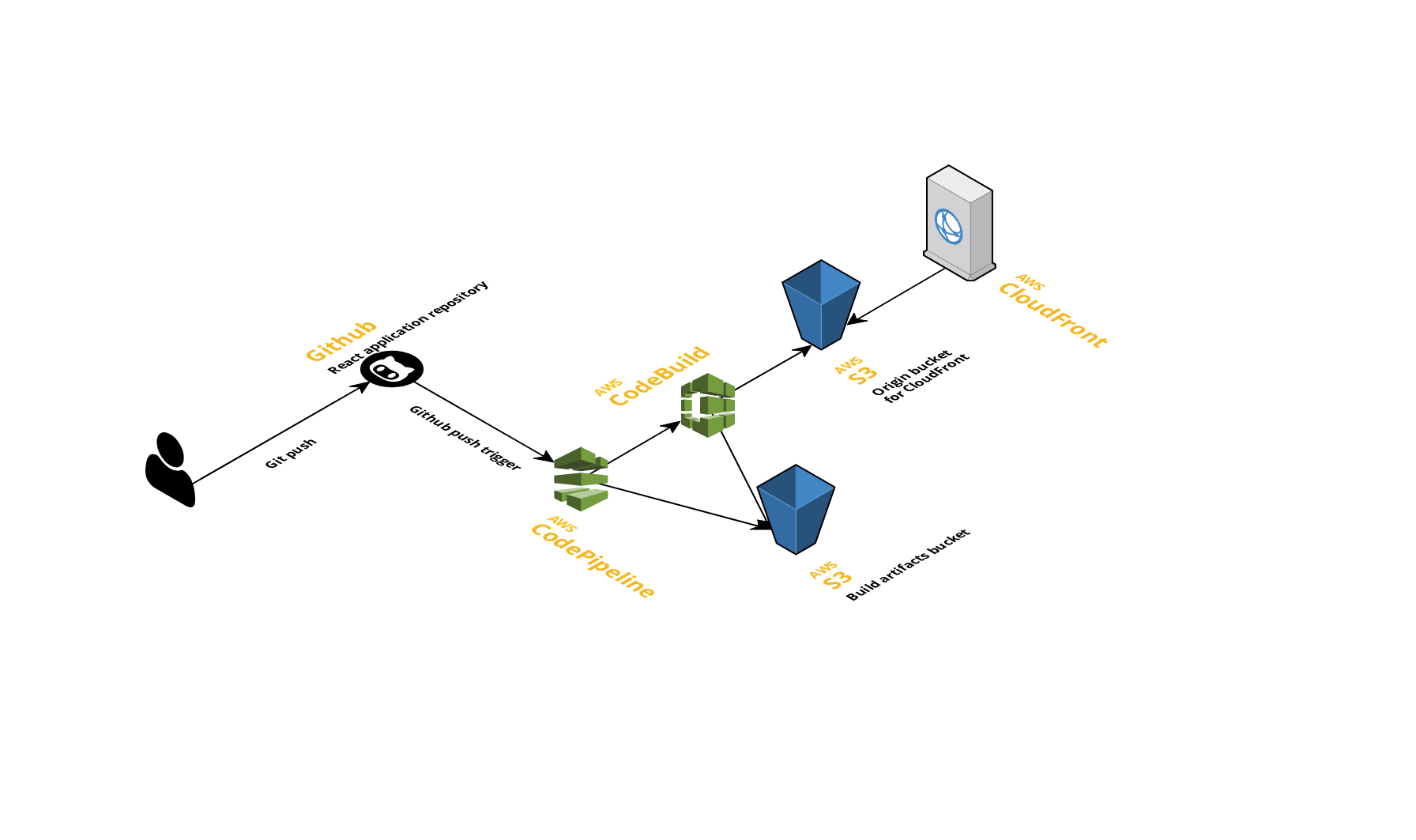Why is it required?
IT companies continue to be under intense pressure to increase agility and speed up delivery of new features and functionalities to the lines of business. A particular point of pressure is shipping the software into the customer’s hands and maintaining consistency and minimizing excessive manual labor.
Along with the process of rolling out new features, responding to change requests and releasing changes in the existing system after proper integration is also a tedious process. Integrating code changes into a shared repository used by multiple teams effectively, running automated tests and isolating faults, fixing issues and faults, increasing team transparency and accountability, reducing resolution times, automating deployments across multiple delivery channels – IT teams need to address and overcome all these challenges.
Challenges
Feature Integration in Codebase
Challenges
Enterprise Change Management
Challenges
Automated Testing and Fault Isolation
Challenges
Enterprise Release Management

CI and CD are two acronyms used by the industry while mentioning modern development practices.
CI stands for Continuous Integration and it is a practice that focuses on integrating code in a shared repository and preparing a release easily. It is a development practice that involves frequent integration of code into a shared repository managed via a version control system wherein each commit is verified by an automated build and test script, allowing teams to detect and isolate faults early.
CD stands for Continuous Delivery and it goes one step further and allows teams to take the code from the repository and continuously deliver it to production. Continuous Deployment makes the process of deployment predictable and hassle-free. Continuous Deployment makes use of a deployment pipeline which defines all the necessary steps to move the codebase to the production website and automates the whole process. CI/CD creates a fast and effective process of getting your product to market before as well as releasing new features and bug fixes to keep your current customers happy.
Improved Team Productivity
High Quality Code
Faster Builds
Efficient Change Management
Easy Fault Detection
Faster Bug Fixes
Shorter Release Cycles
Improved Customer Satisfaction

AWS CodeBuild is a fully managed CI service that compiles source code, runs tests, and produces packages that are ready to deploy. CodeBuild scales continuously and processes multiple builds concurrently, so your builds are not left waiting in a queue.
AWS CodePipeline is a fully managed CD service that helps you automate your release pipelines for fast and reliable application and infrastructure updates. CodePipeline automates the build, test, and deploy phases of your release process every time there is a code change, based on the release model you define. This enables you to rapidly and reliably deliver features and updates.
Improve Team Productivity and Drive Better Business with Continuous Integration and Continuous Delivery Practices
Consult Ingways team to know how we can help you pursue an agile organizational approach and robust DevOps culture wherein you can meet your business objectives and speed up the delivery of features quickly.
